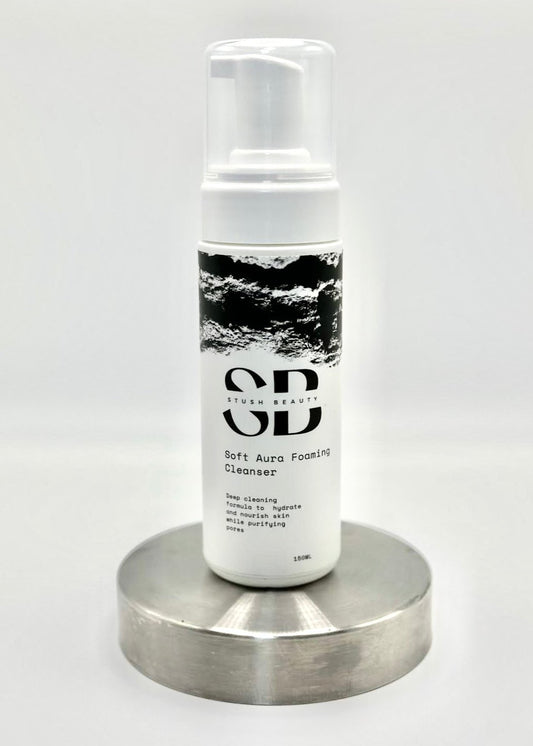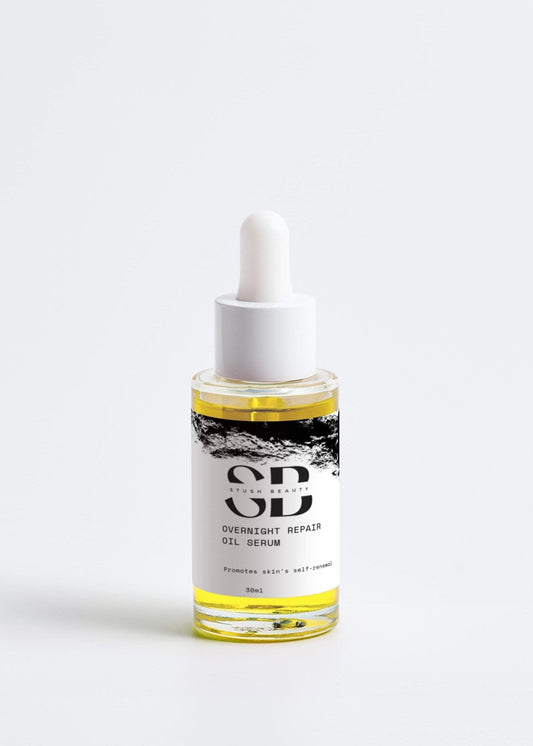“Clean” and “Non-Toxic”: What Skincare Safety Really Means
The words “clean” and “non-toxic” are everywhere in beauty marketing, but true safety in skincare is about dose, context, and regulation—not fear. Some ingredients and impurities are more likely to irritate skin, disrupt your barrier, or raise broader health or environmental concerns. This guide breaks down the most controversial or restricted cosmetic ingredients into clear, dermatologist- and chemist-informed explanations, so you can shop confidently—especially if you have sensitive or melanin-rich skin, where irritation can lead to post-inflammatory hyperpigmentation.
Safety Is Science, Not Scare Tactics
Two truths can exist at once: many “scary-sounding” ingredients are completely safe when used at regulated levels, and some ingredients or impurities are genuinely worth avoiding—especially in leave-on products or for sensitive, eczema-prone, or deeper skin tones.
Regulatory bodies are constantly evolving to keep consumers safe. In the U.S., the FDA’s 2022 MoCRA law has expanded oversight, requiring adverse event reporting and improved talc-testing rules. The EU continues to update its list of restricted ingredients and allergen labeling requirements. Multiple U.S. states have also passed PFAS bans, with many taking effect by 2025. Against this backdrop, here are the most common red-flag categories and how to choose safer alternatives.
Top Ingredient Concerns and Smarter Swaps
Mercury compounds—such as mercurous chloride and ammoniated mercury—are banned or restricted worldwide, yet still appear in illegal “skin-lightening” creams. They are neurotoxic and can damage the kidneys and nerves. If you want to brighten skin, look to safe and effective alternatives like niacinamide, azelaic acid, or vitamin C.
Hydroquinone is prescription-only in the U.S. and banned for over-the-counter use in the EU. Long-term unsupervised use can irritate skin or cause exogenous ochronosis, a condition more common in melanin-rich skin. Instead, try niacinamide, azelaic acid, or tranexamic acid, and see a dermatologist for stubborn melasma.
Potent topical steroids often show up in unregulated “skin lighteners,” but chronic misuse can thin the skin, disrupt hormones, and worsen hyperpigmentation rebound. Only use steroid creams under medical supervision.
Formaldehyde itself is rare in skincare, but it can sometimes be found in niche products and is a known sensitizer and inhalation risk. A bigger concern for sensitive skin are formaldehyde-releasing preservatives such as DMDM hydantoin, imidazolidinyl urea, diazolidinyl urea, quaternium-15, and bronopol. These extend shelf life by slowly releasing formaldehyde but are top allergens for reactive skin. Look for products preserved with phenoxyethanol, chelators, or organic acids instead.
Methylisothiazolinone (MI) and methylchloroisothiazolinone (MCI/MI) are strong sensitizers that are largely phased out in EU leave-on products. If you have sensitive skin, check labels and avoid them in leave-ons. Similarly, butylphenyl methylpropional (Lilial) has been banned in the EU due to reproductive toxicity concerns—avoid old stock. High-risk fragrance allergens like HICC/Lyral and oakmoss atranol are common triggers for dermatitis on the face and eyelids, so fragrance-free or low-allergen options are best for sensitive or melanin-rich skin.
Other categories to watch include phthalates (DBP, DEHP, DEP), which are slowly being phased out; long-chain parabens like isopropyl- and isobutyl-paraben, which are banned in the EU (short-chain parabens are generally safe at low levels); PFAS (“forever chemicals”) that persist in the environment; nitrosamine-forming ingredients like DEA/TEA, which can form possible carcinogens; and 1,4-dioxane impurities from PEGs and laureth-based ingredients. Talc itself is not unsafe, but asbestos contamination is a concern—look for brands that publish asbestos-free testing.
Benzene contamination has been detected in aerosols like dry shampoos, sunscreens, and deodorants, so pumps, creams, and sticks are generally safer choices. Triclosan and triclocarban are unnecessary antibacterial ingredients that can irritate skin and raise resistance concerns—plain soap and water work just fine. Methanol sometimes appears in counterfeit or DIY products and is toxic through skin absorption, so buy only from credible retailers.
Finally, be mindful of phototoxic essential oils (like bergamot, lime, lemon, and cinnamon leaf) in leave-on face products, especially if you have melanin-rich skin, as they can trigger hyperpigmentation. Use IFRA-compliant, skin-safe dilutions or avoid them for daytime use. And when choosing sunscreen, avoid older filters like oxybenzone or PABA if you’re allergy-prone, opting instead for mineral SPF or modern filters with added iron oxides for visible light defense.
Practical Takeaways for Melanin-Rich & Sensitive Skin
If you’re prone to irritation or hyperpigmentation, focus on fragrance-free, formaldehyde-free, MI/MCI-free, and phototoxic-safe products. Choose tinted mineral SPF with iron oxides for protection against visible light, which can deepen dark spots.
How to Shop Smarter
Think like a curator, not a cop. Read ingredient lists carefully, especially for leave-on products where exposure time is longest. If you have reactive skin, choose fragrance-free options for your face and keep scented products for the body. Pumps, creams, and sticks are safer choices than aerosols, and supporting brands that publish PFAS-free or talc-tested results can give you extra peace of mind. Most importantly, keep your skin barrier calm—when your barrier is healthy, your skin is less reactive to everything else.
Dermatologist-Aligned Routine
In the morning, cleanse gently with a soft, non-drying cleanser like Stush Beauty’s Soft Aura Foaming Cleanser, follow with a hydrating, barrier-supporting moisturizer like Niacinamide + B3 Gel Moisturizer, and finish with SPF 30+ (tinted mineral sunscreen if you’re prone to dark spots). At night, cleanse with lukewarm water, apply a treatment such as retinoid, bakuchiol, or azelaic acid on alternate nights, and seal in moisture with Skin SOS Moisturizer.
Practical Label-Reading Tips
Ingredients near the top of the list are present at higher concentrations, so scrutinize those most carefully. Watch for preservatives ending in “-isothiazolinone” or “-urea” in leave-ons, avoid “perfluoro-” ingredients to steer clear of PFAS, and skip cocamide DEA. PEGs and ethoxylated ingredients aren’t automatically harmful—focus instead on whether the brand follows good manufacturing practices.
Trends & Regulations for 2025
Expect to see PFAS phased out in multiple states, FDA updates to talc testing requirements under MoCRA, EU expansion of fragrance allergen labeling, and tighter quality controls across aerosols after benzene recalls. This is good news for consumers seeking safer products.
A Calmer Way to “Clean” Beauty
The safest routine is the one your skin can tolerate every single day. Fewer irritants, strong preservation, and steady barrier support are key. Science and softness can coexist—and when they do, your skin thrives.
The Stush Beauty Edit for Safety-Forward Care
Stush Beauty’s Soft Aura Foaming Cleanser offers a plush, non-drying cleanse, Niacinamide + B3 Gel Moisturizer delivers hydration and tone-evening benefits, and Skin SOS Moisturizer provides aloe- and hyaluronic acid-powered cushioning to lock in water overnight.

Conclusion: Choose with Clarity, Treat Your Skin Kindly
Skincare safety doesn’t mean eliminating everything that sounds chemical—it means being intentional. Focus on products free from high-risk allergens, outdated preservatives, and poorly regulated contaminants. Keep wearing sunscreen, stay hydrated, and protect your skin barrier.
When you edit your shelf with clarity and keep what your skin truly loves, your glow becomes effortless—and a reflection of your wisdom.




